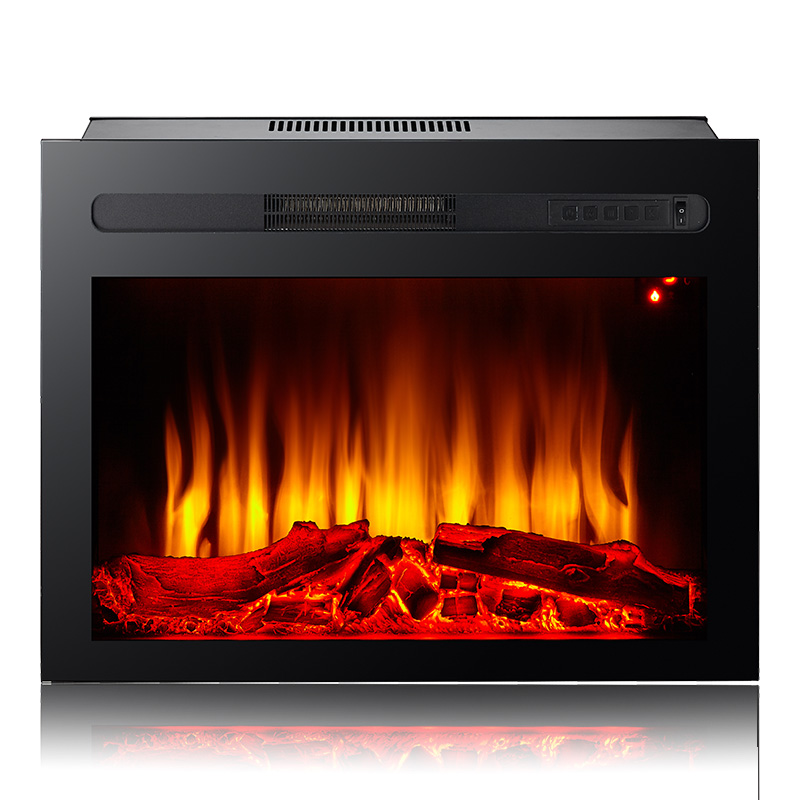Electric fireplaces are generally considered to be energy-efficient, but the extent to which they help in reducing heating costs depends on various factors. Here are some considerations:
Efficiency Ratings: Electric fireplaces stand out for their remarkable efficiency, converting virtually all the electricity they consume into heat. This high level of efficiency is a stark contrast to traditional fireplaces, where heat loss through the chimney is a common drawback. The absence of such losses makes electric fireplaces a compelling choice for maximizing energy transfer.
Zone Heating: The concept of zone heating with electric fireplaces involves a targeted approach to warming specific areas or zones within a home. By focusing on frequently used spaces, homeowners can optimize energy consumption, potentially resulting in substantial savings. This zoning strategy is particularly effective in larger homes where centralized heating may be excessive.
Thermostatic Controls: The integration of advanced thermostatic controls in electric fireplaces allows for a granular level of temperature management. Users can set precise temperatures and establish heating schedules, ensuring the fireplace operates only when needed. This not only enhances energy efficiency but also provides users with a customizable and energy-conscious heating experience.
No Energy Loss Through Chimneys: Unlike traditional fireplaces that lose a considerable amount of heat through chimneys, electric fireplaces retain almost all generated heat within the room. This lack of energy loss contributes significantly to overall efficiency, as the warmth produced remains within the living space, requiring less energy to maintain the desired temperature.
Cost of Electricity: The economic viability of electric fireplaces is intricately linked to the local cost of electricity. In areas where electricity rates are competitive compared to other heating fuels, electric fireplaces emerge as a cost-effective solution. Evaluating the long-term cost implications against alternative heating methods is essential for homeowners seeking both efficiency and financial prudence.
Insulation and Room Size: The thermal efficiency of a home, influenced by factors such as insulation quality, plays a pivotal role in the performance of electric fireplaces. Well-insulated homes trap heat more effectively, optimizing the efficiency of the fireplace. Similarly, the size of the room directly impacts how efficiently the electric fireplace can heat the space, necessitating consideration for optimal performance.
Supplemental Heating: Electric fireplaces shine as supplemental heating sources, seamlessly integrating with existing heating systems. The strategic placement of electric fireplaces in high-traffic areas allows users to lower the central heating thermostat, potentially reducing overall energy consumption. This supplemental approach provides flexibility in maintaining warmth where it's needed most without unnecessary energy expenditure.
Energy-Saving Features: Modern electric fireplaces often come equipped with an array of energy-saving features, elevating user control over energy consumption. Programmable timers enable users to schedule heating periods, capitalizing on energy use during peak occupancy. Eco modes and smart features further contribute to energy-conscious operation, allowing users to tailor heating settings to their preferences while optimizing efficiency.
IF-2026GF 26-Inch Built-in Recessed Electric Fireplace






